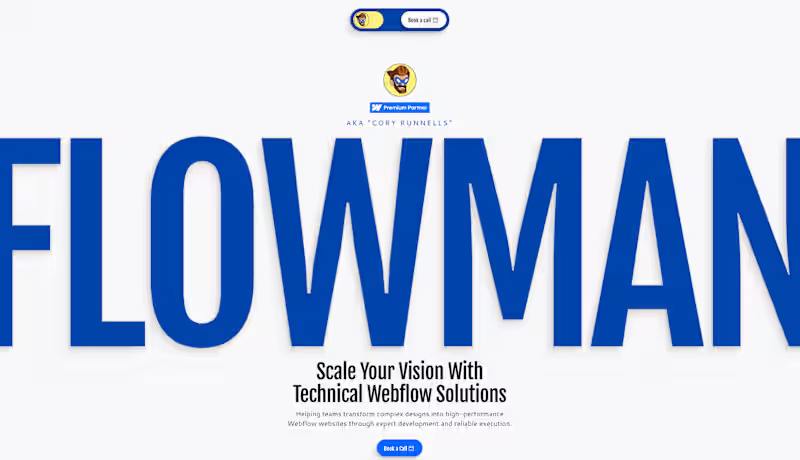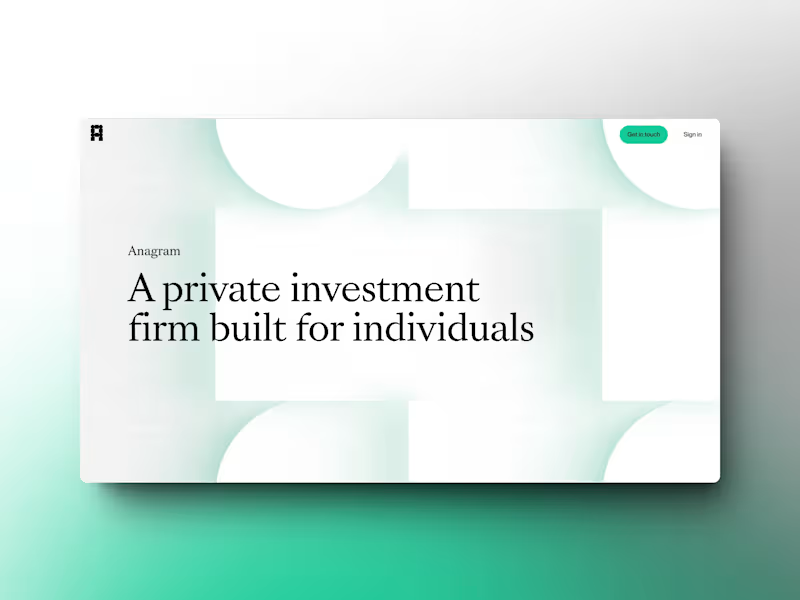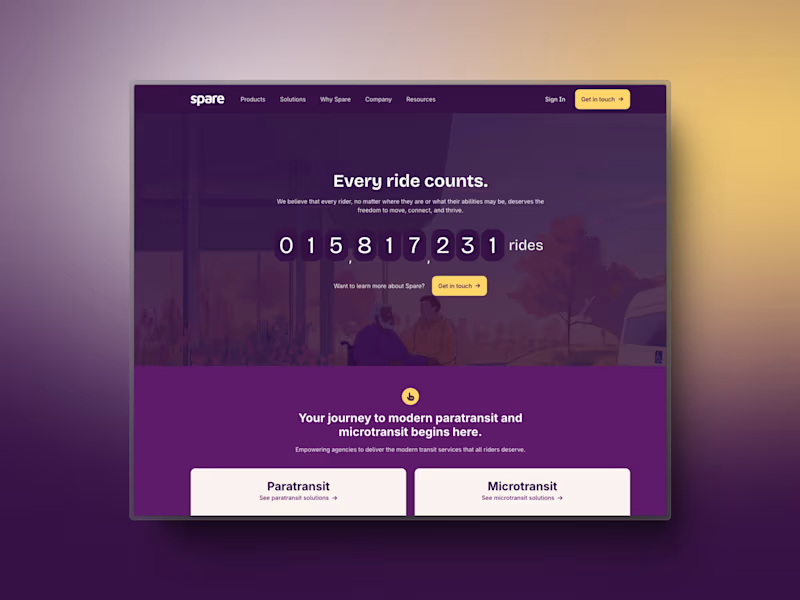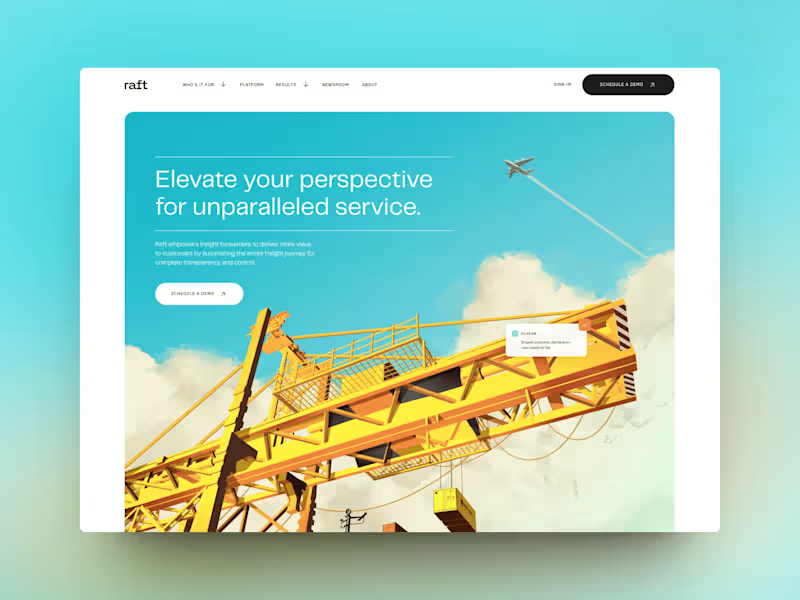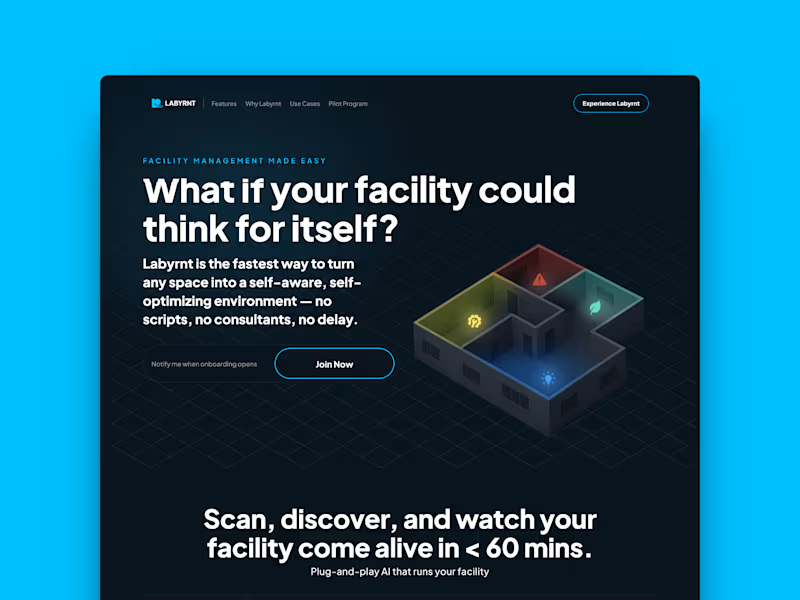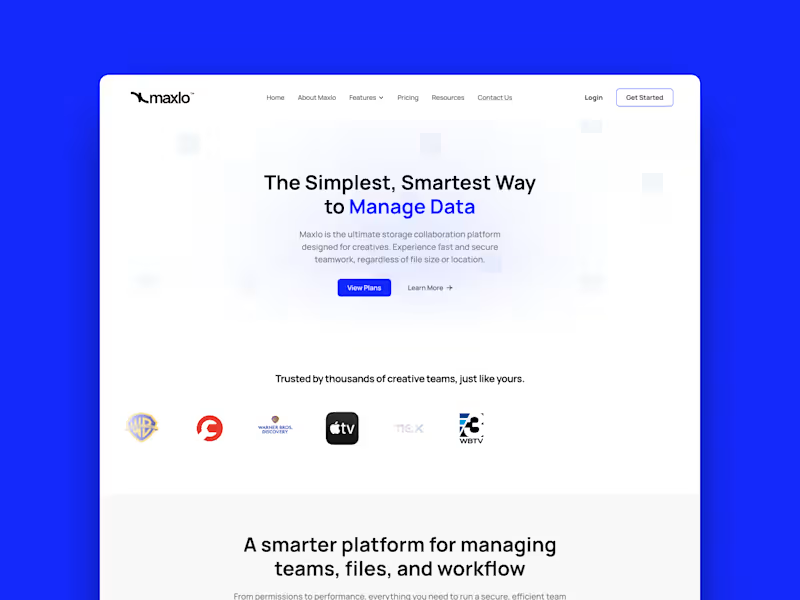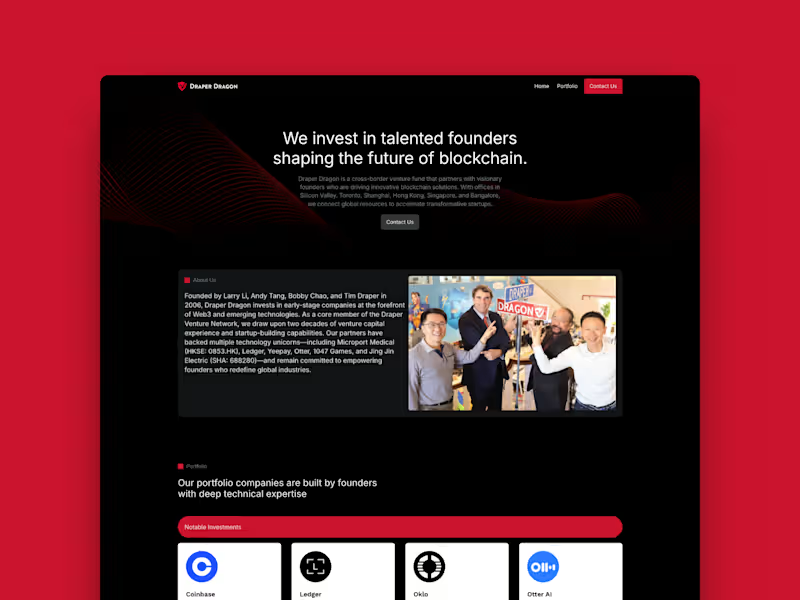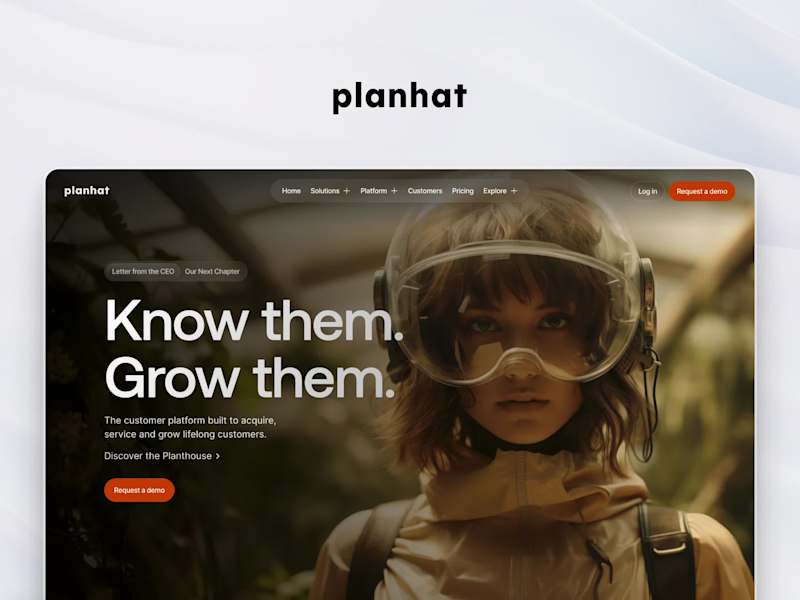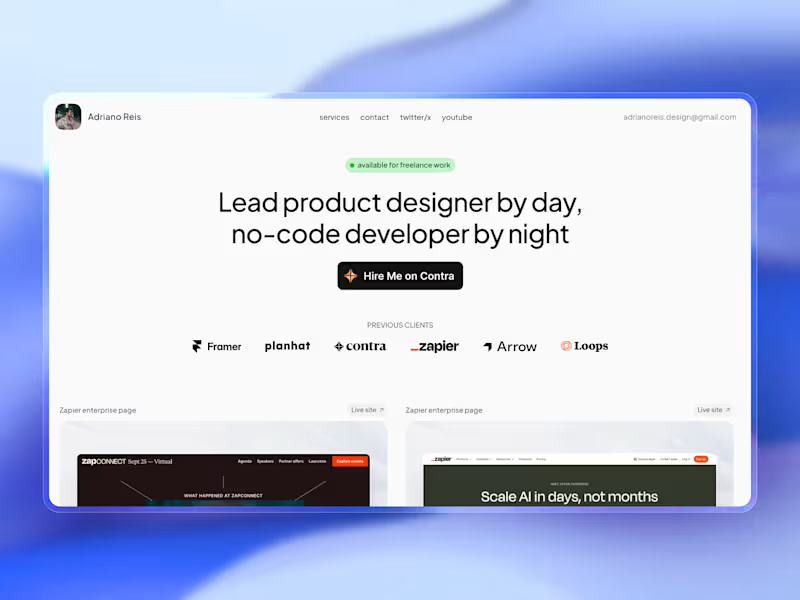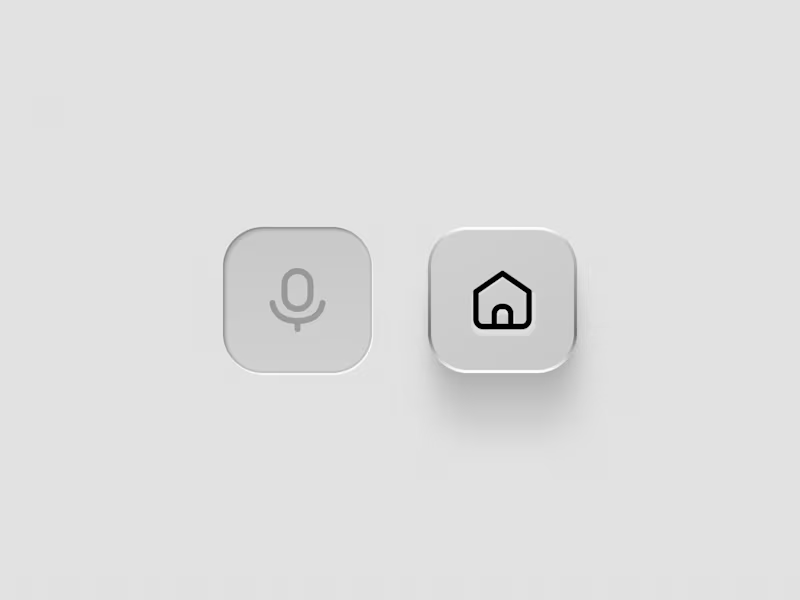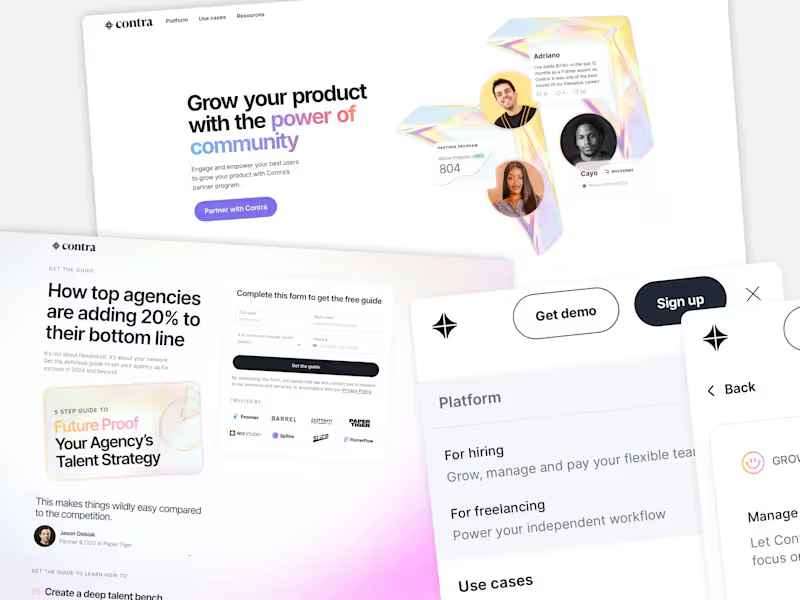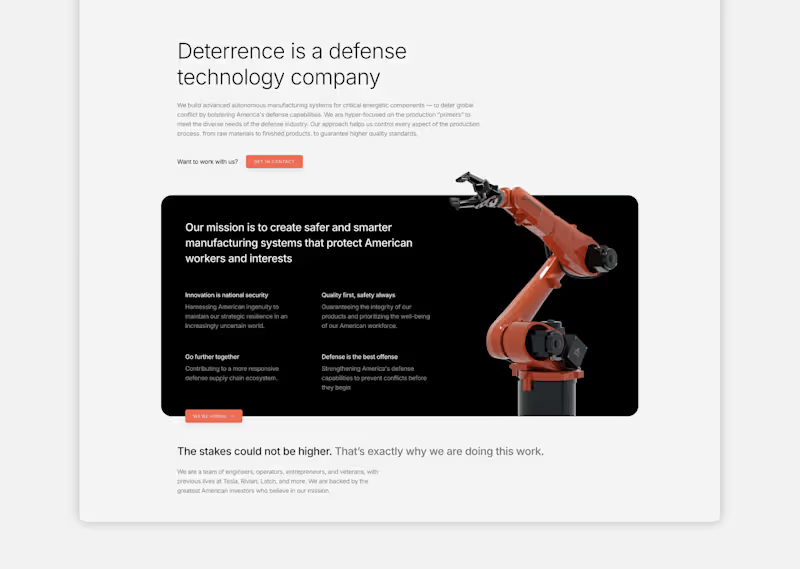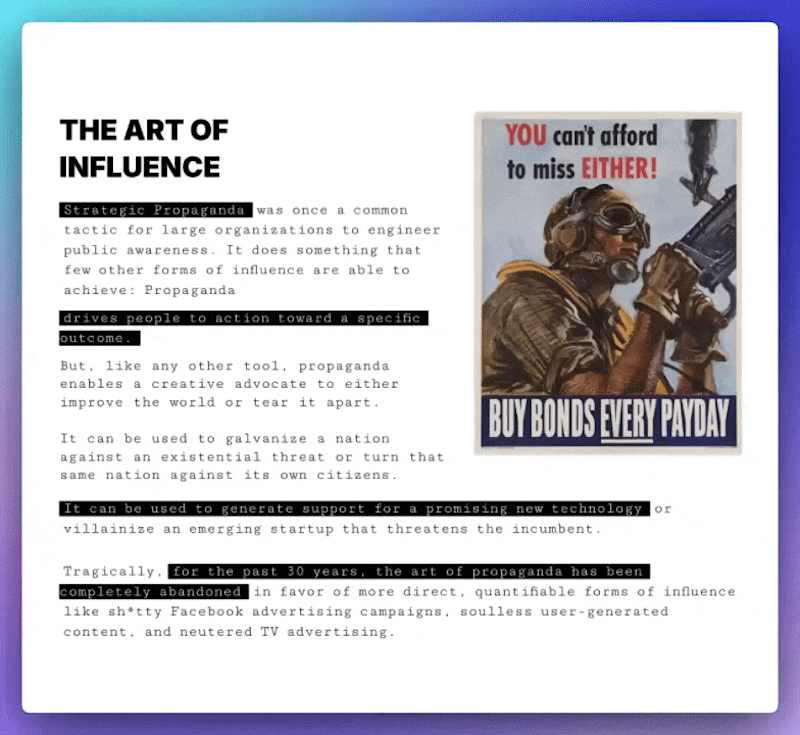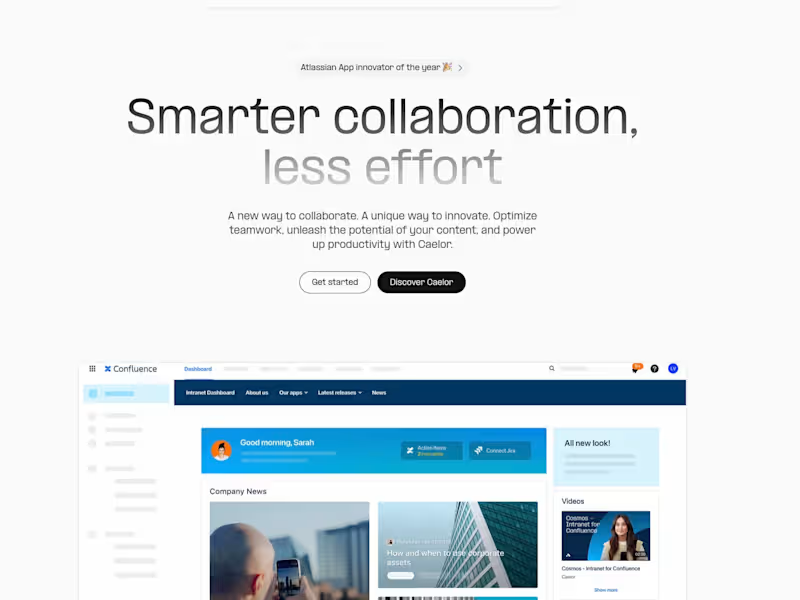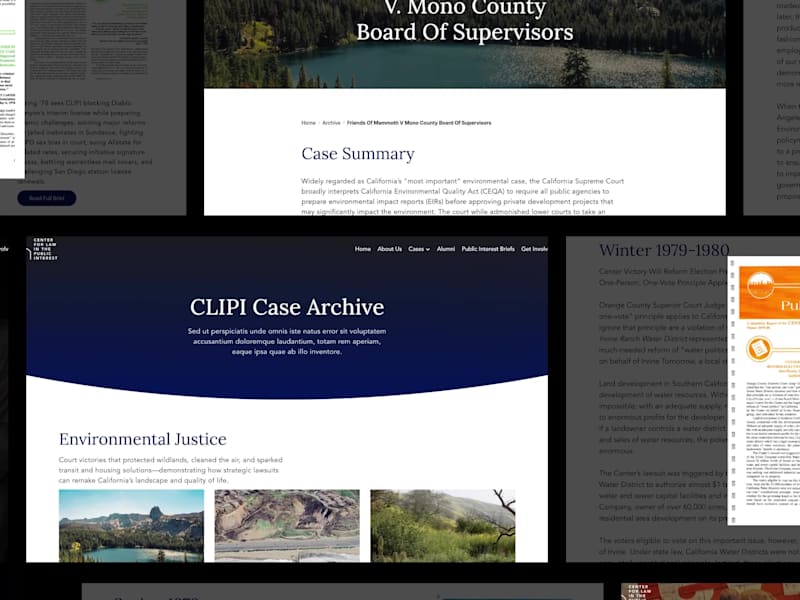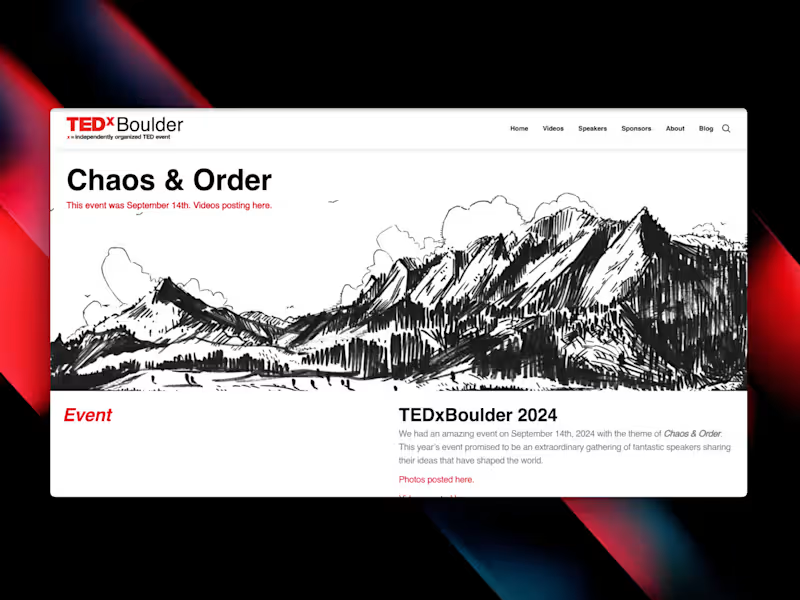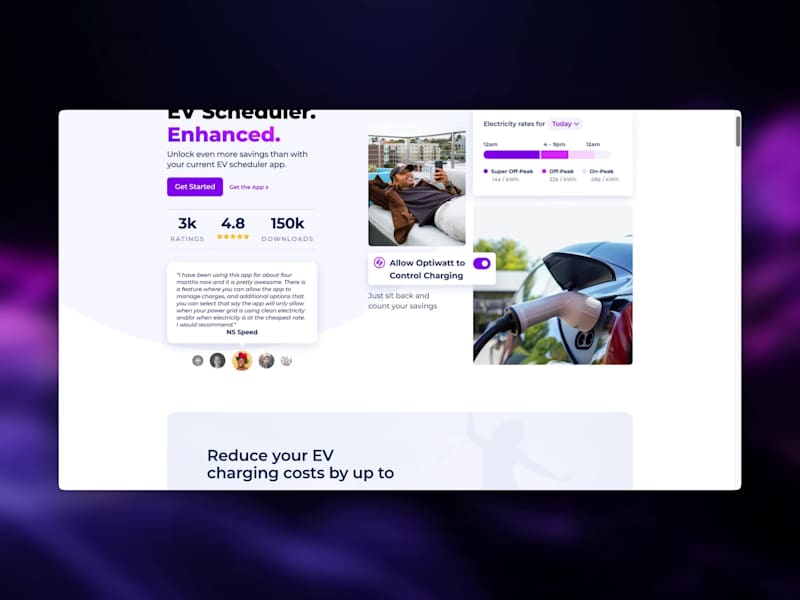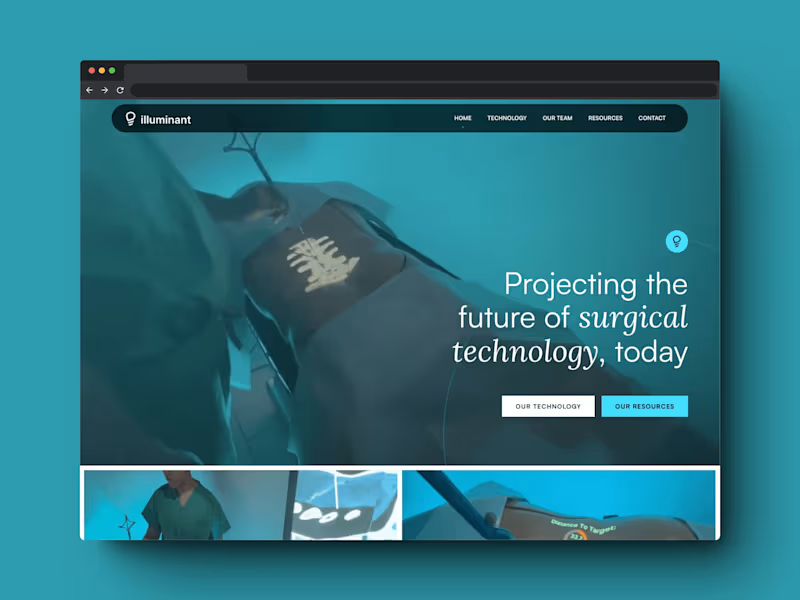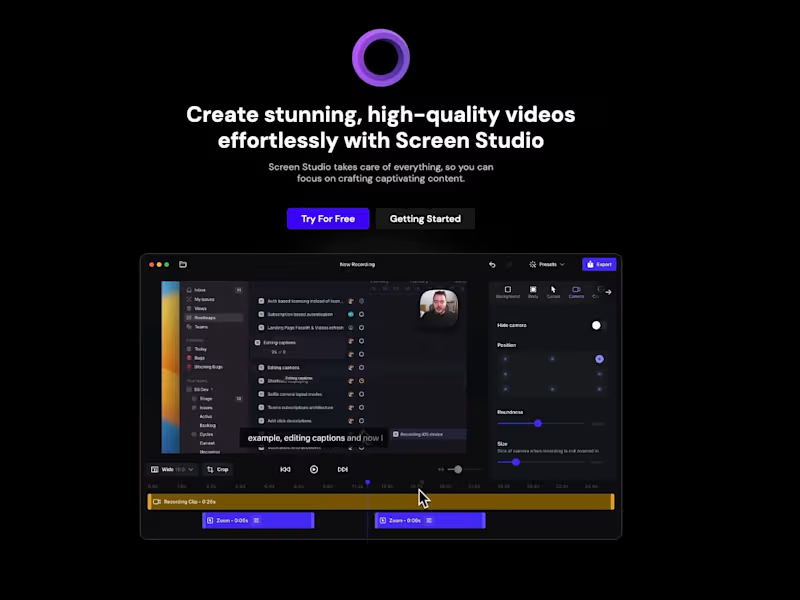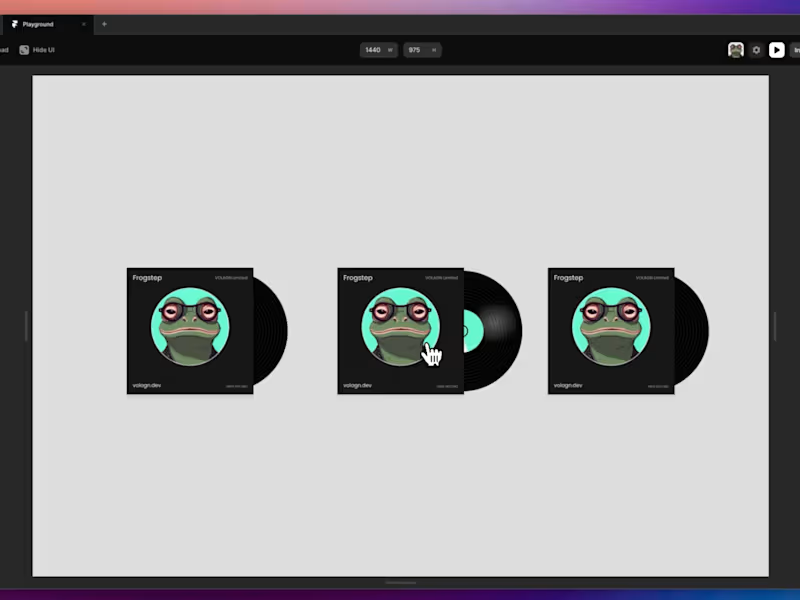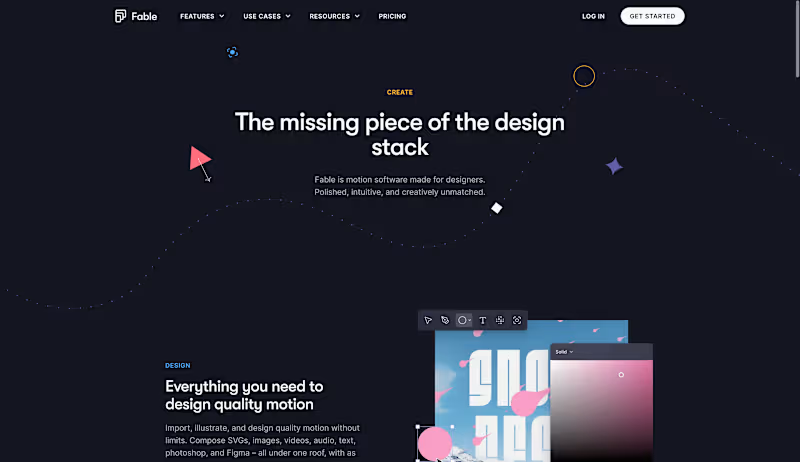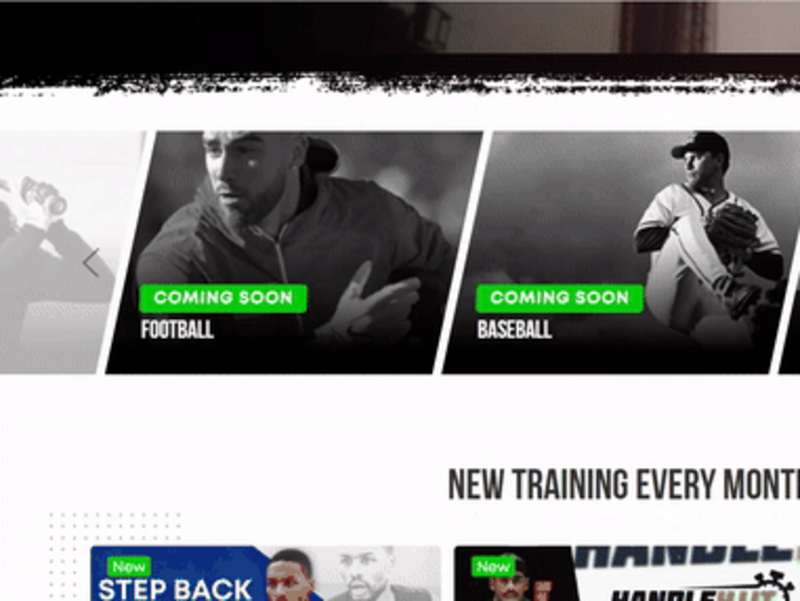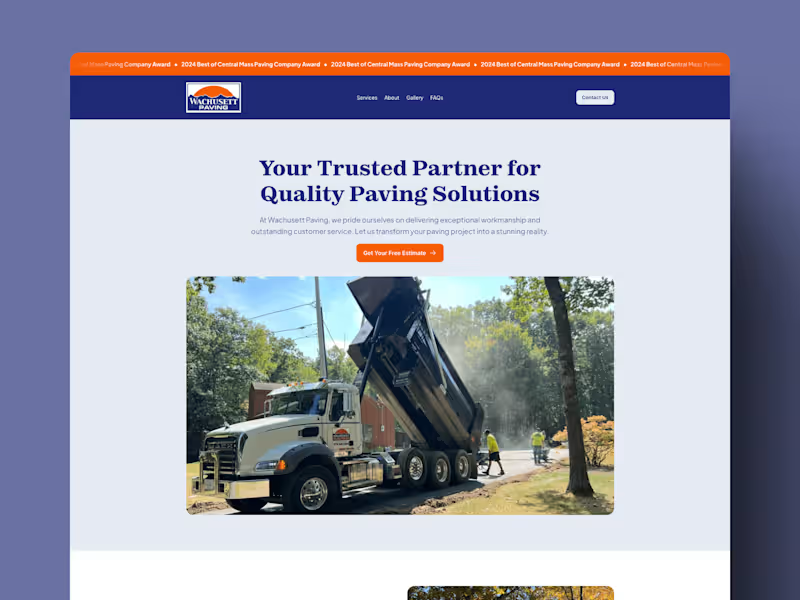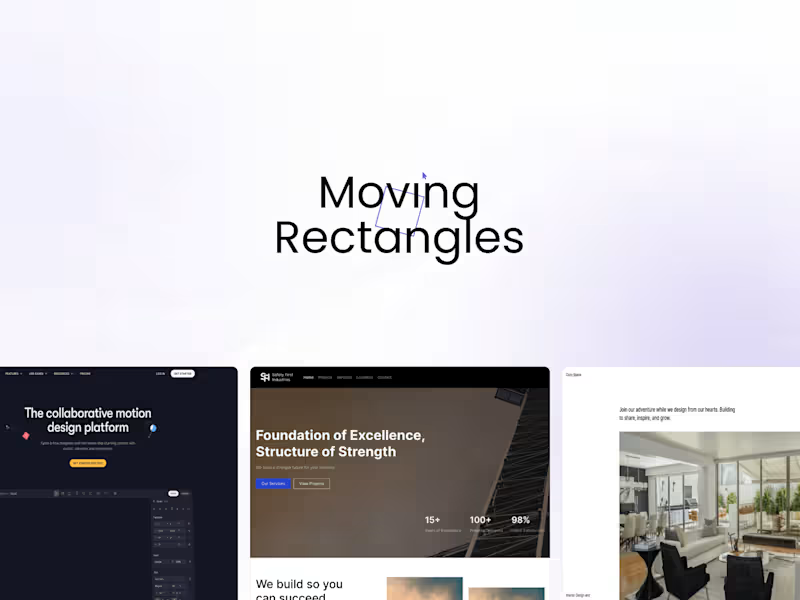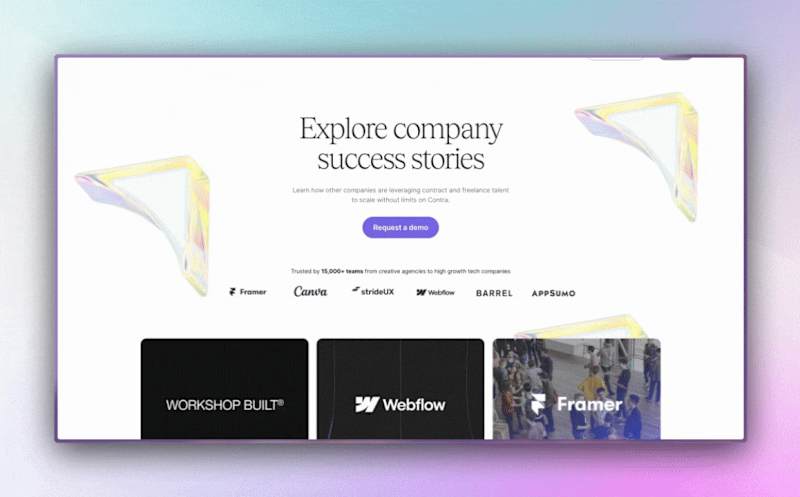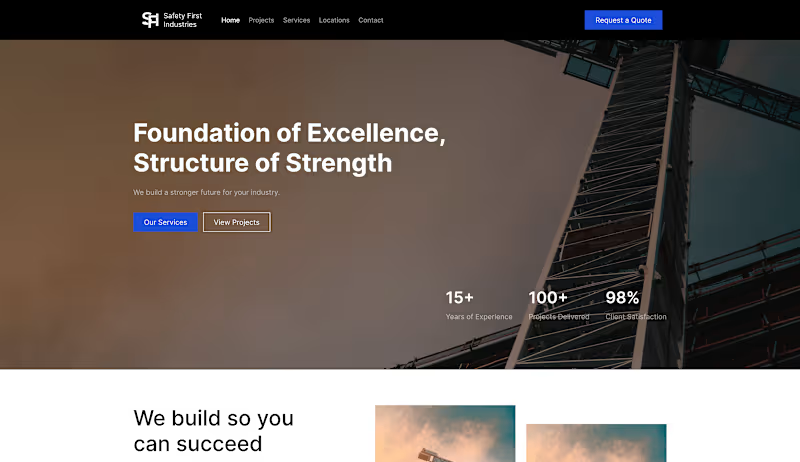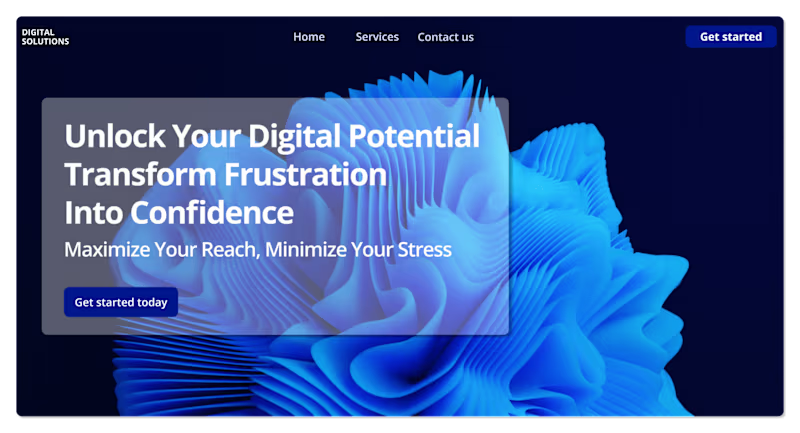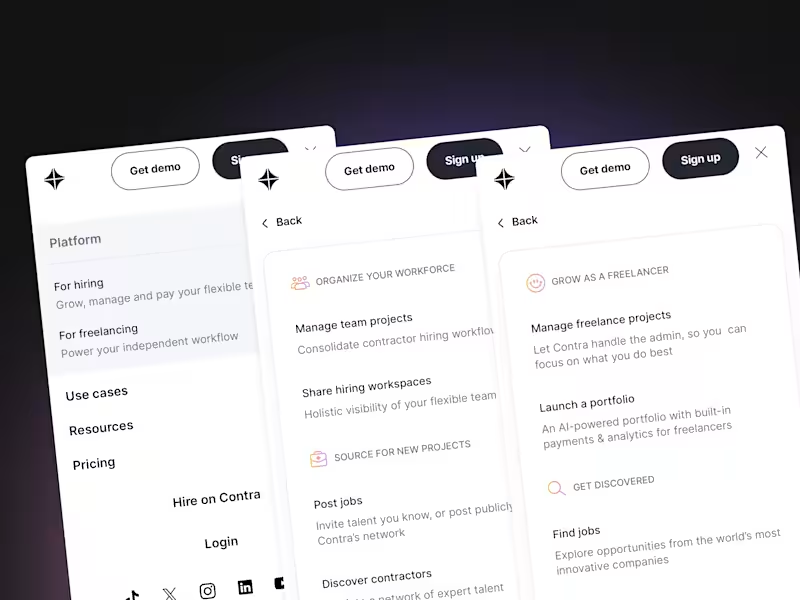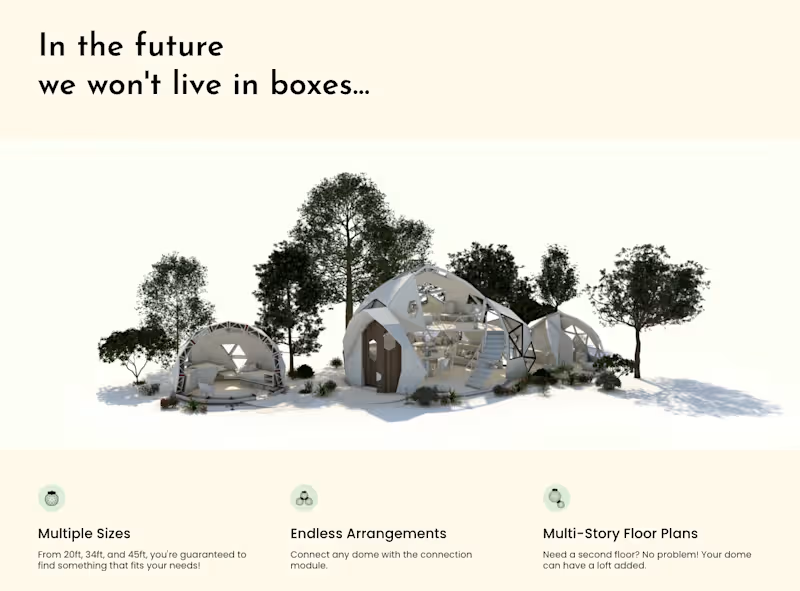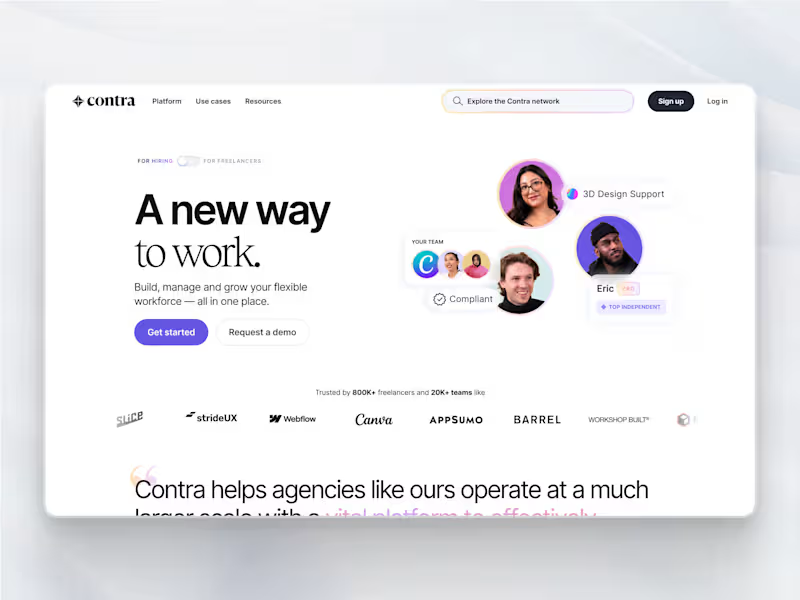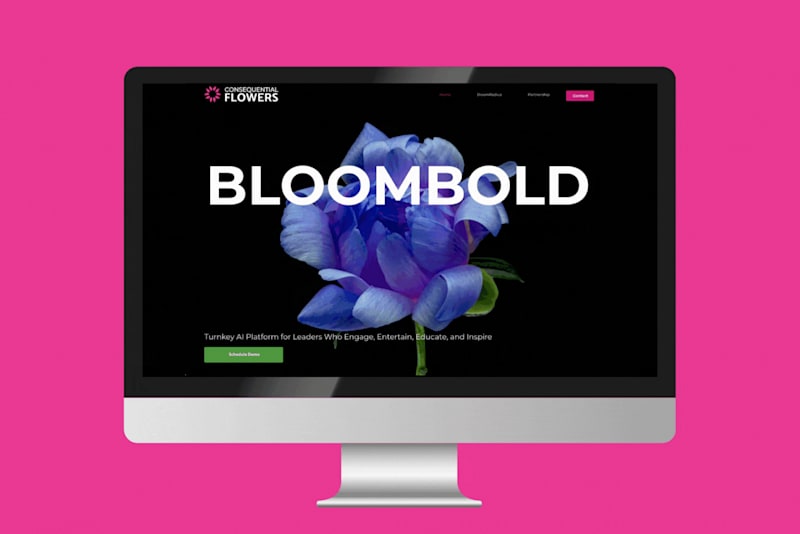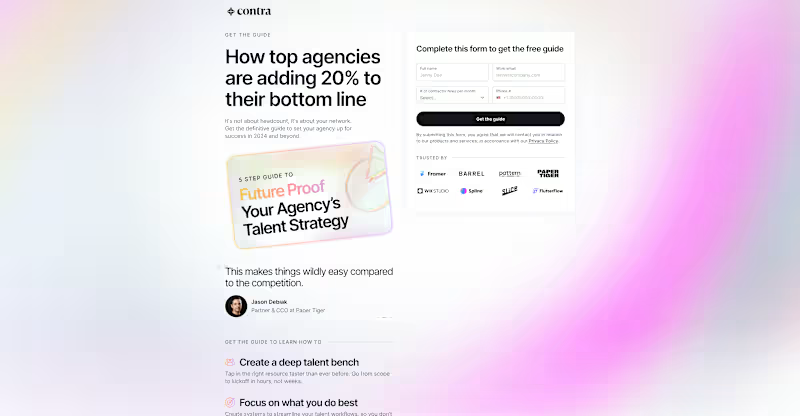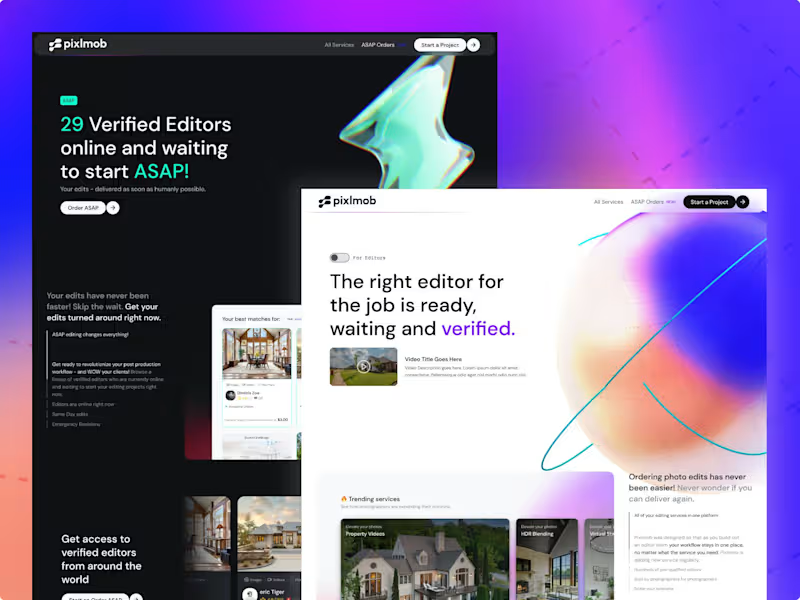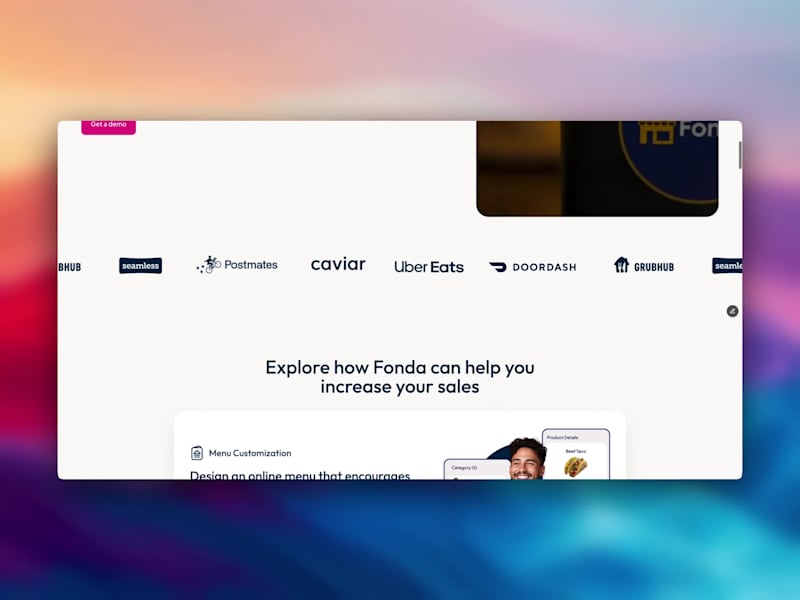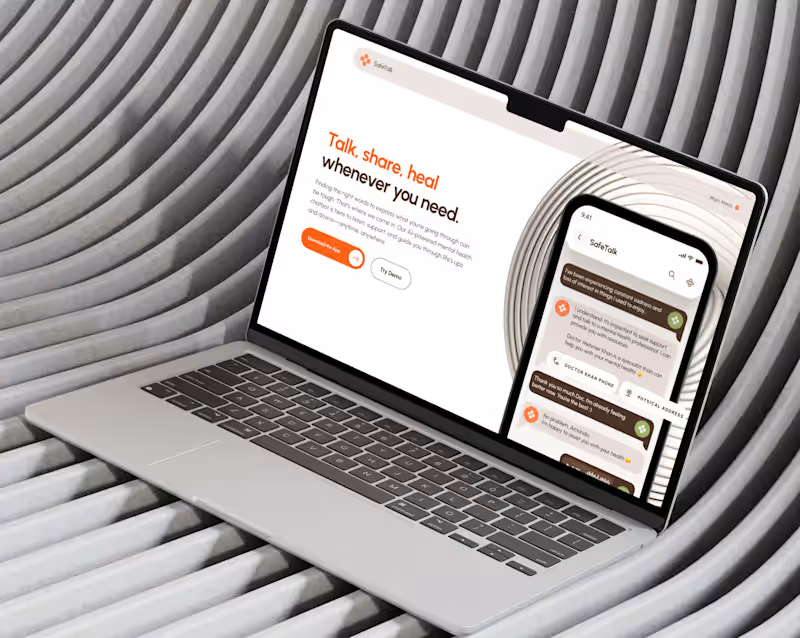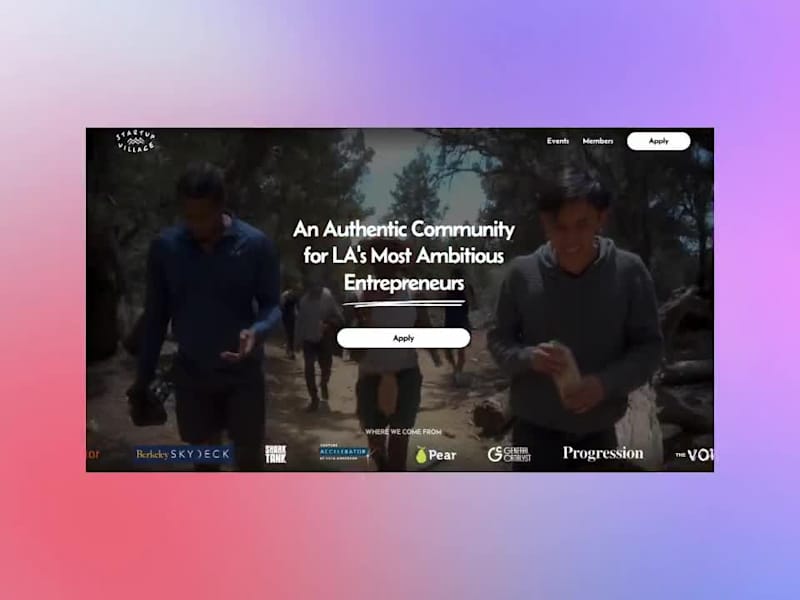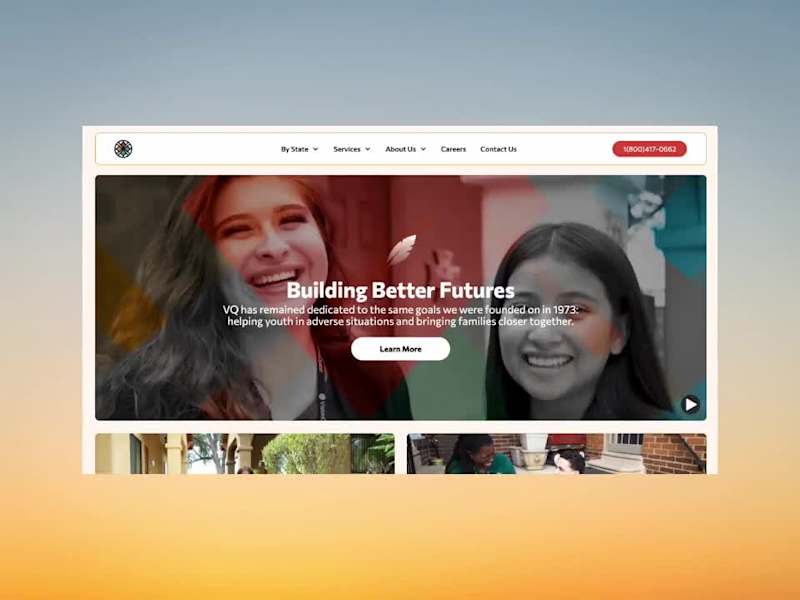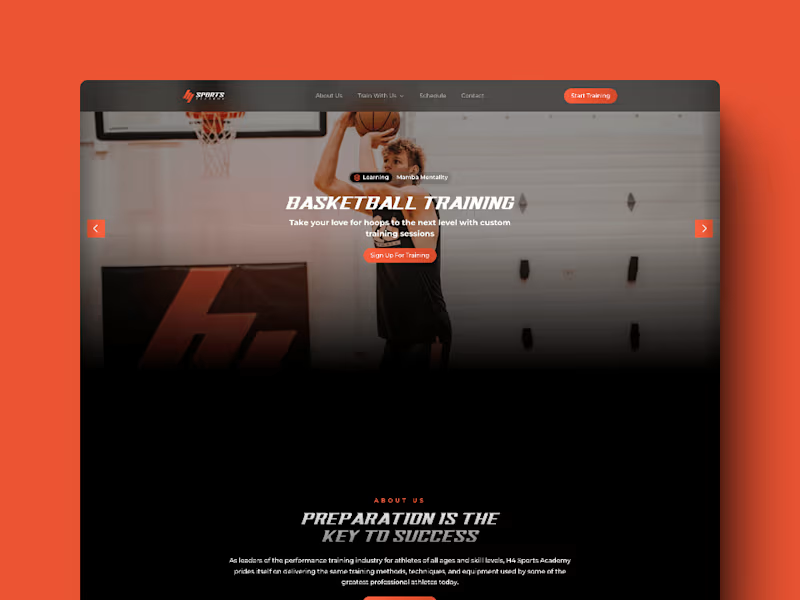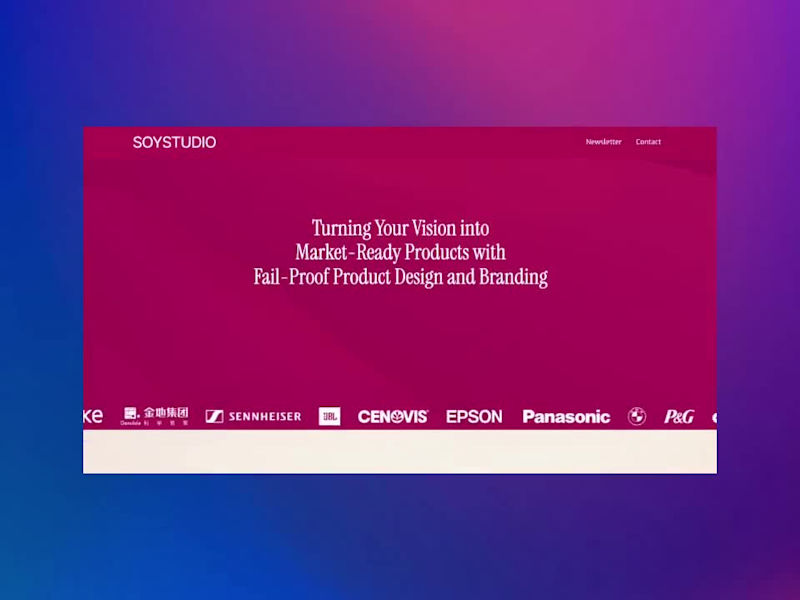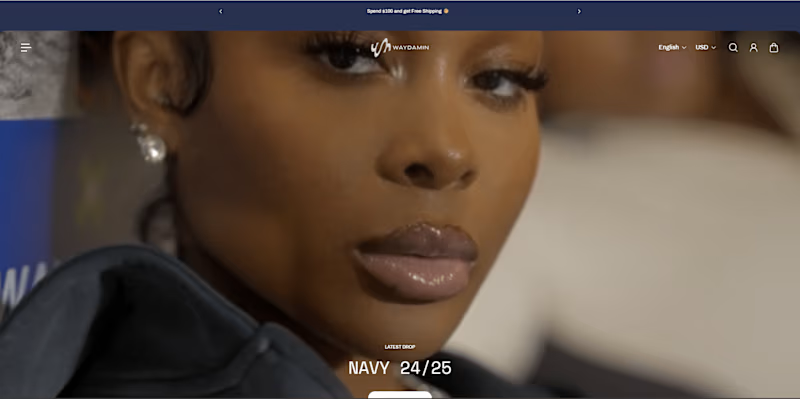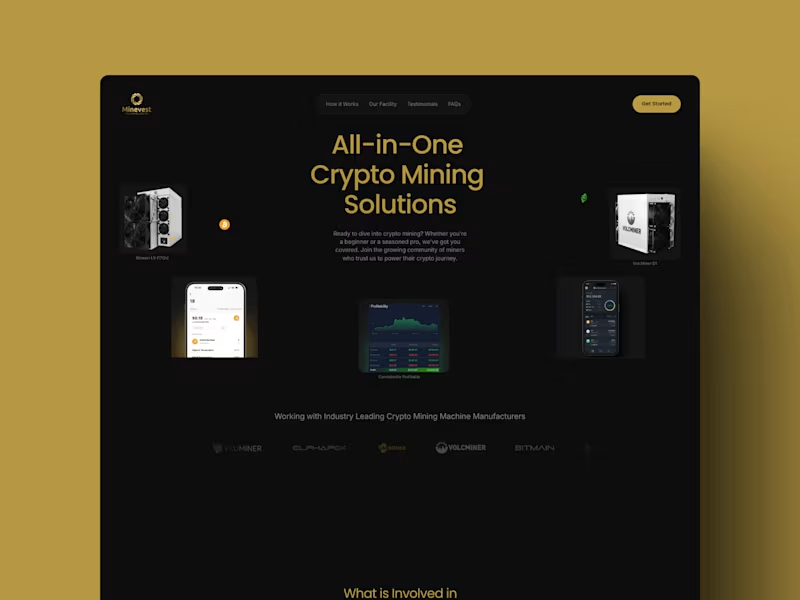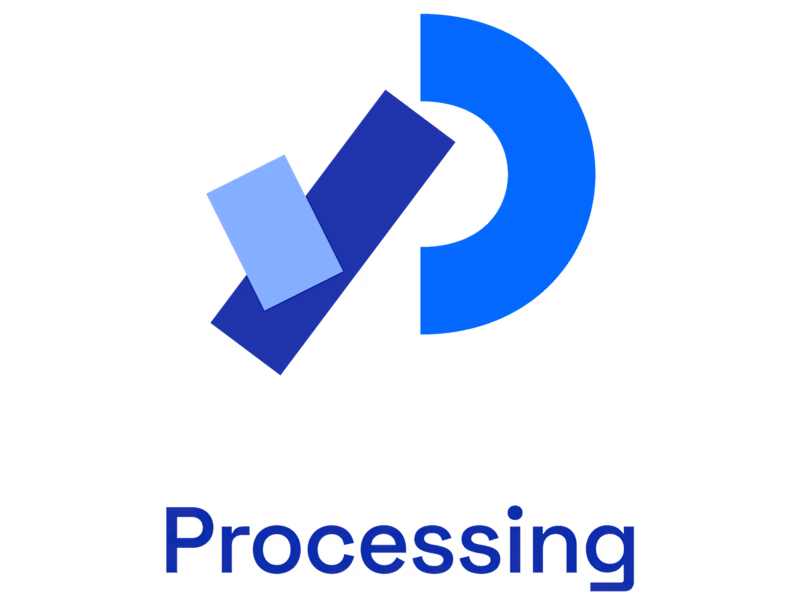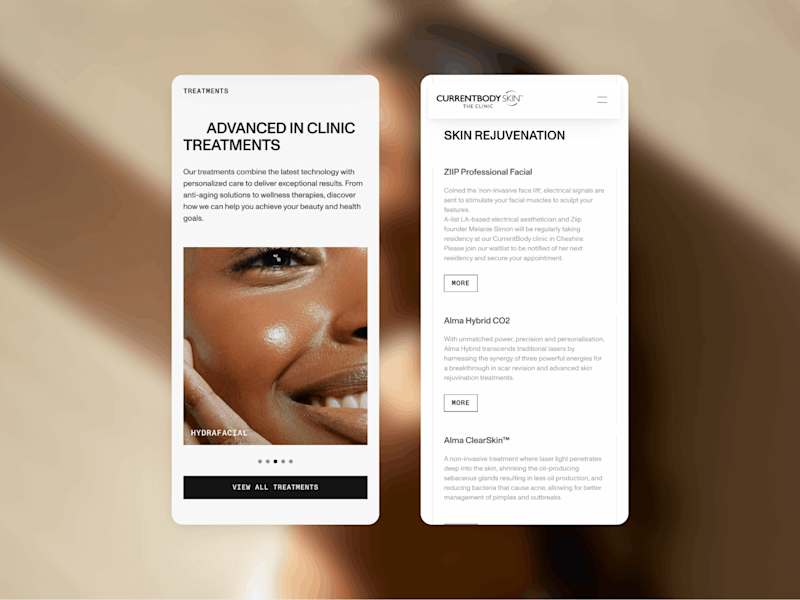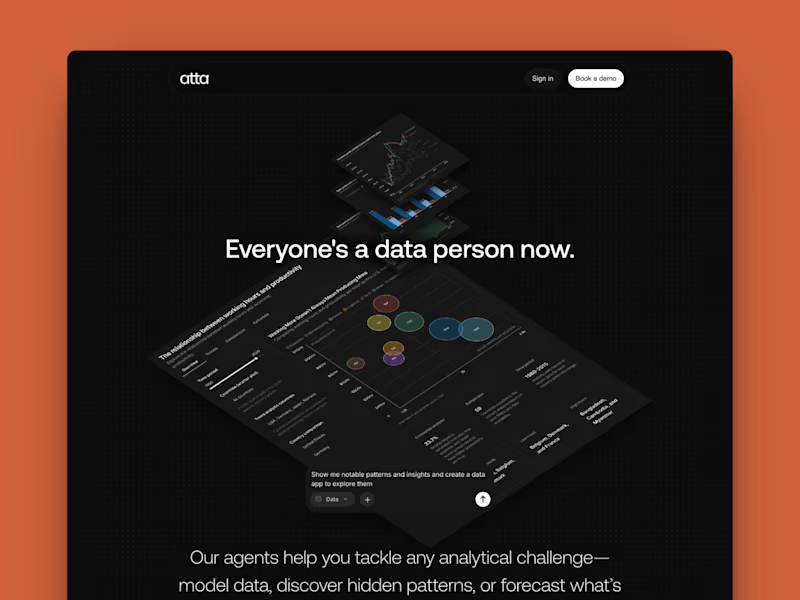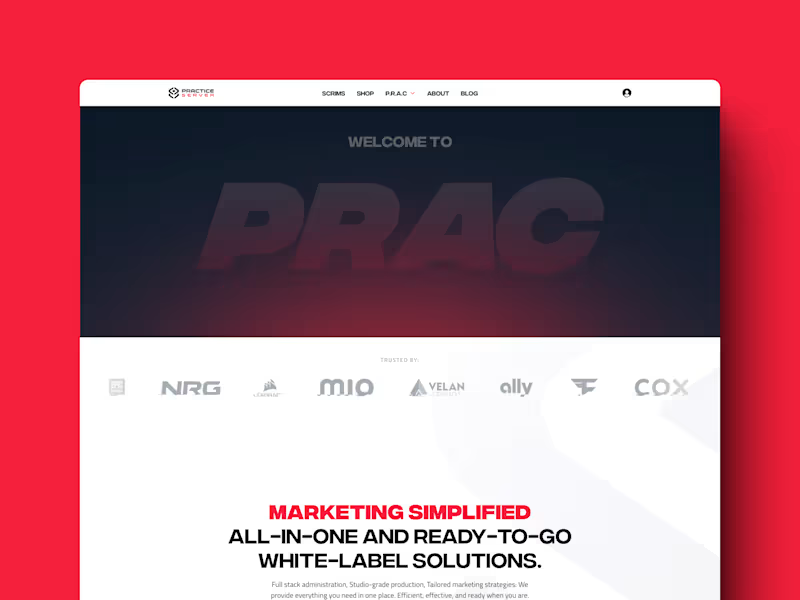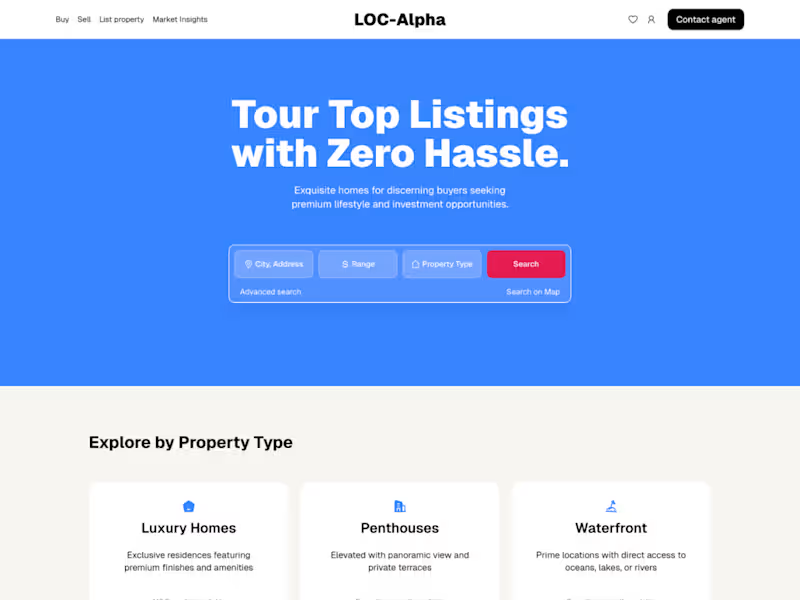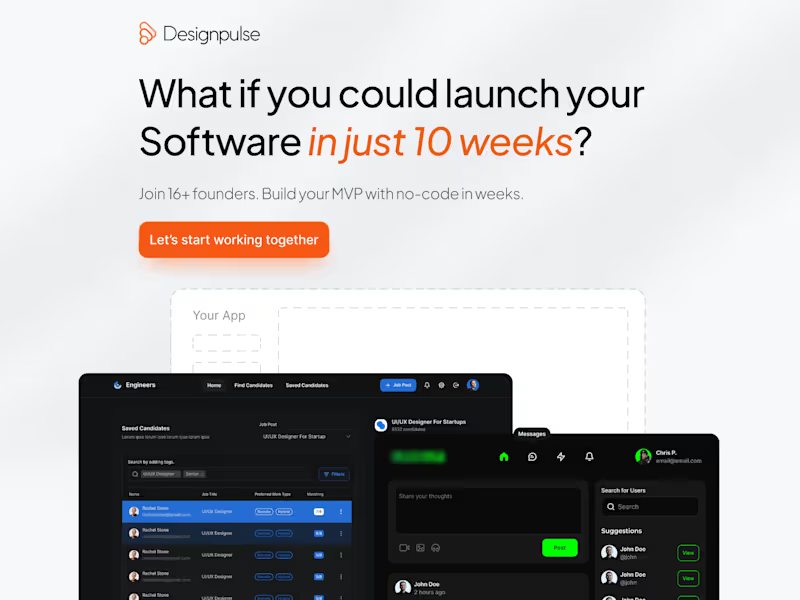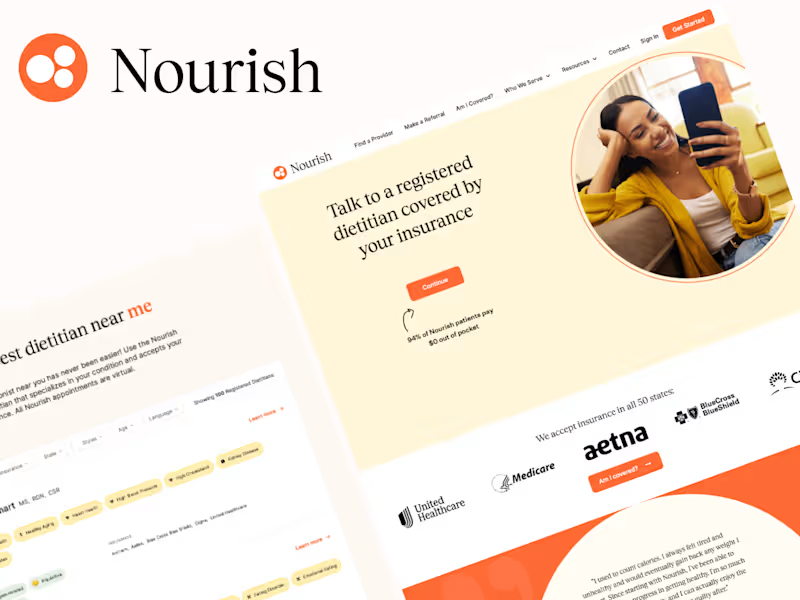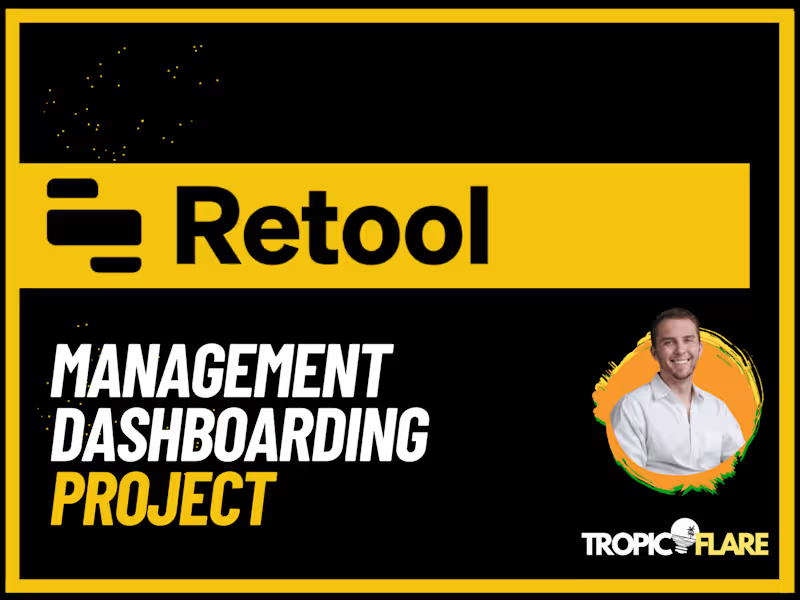How do I clearly define the deliverables for my low-code/no-code project?
To clearly define deliverables, start by outlining what you want your project to achieve. List all the features and functions the application should include. Make sure you provide any specific designs or templates you want the developer to follow. A clear timeline should also be agreed upon. This helps the developer understand exactly what you expect.
What information should I share with a low-code/no-code developer before starting?
Share your project goals and what problem your application aims to solve. Provide details about your target audience and any specific user requirements. If you have branding guidelines or color schemes, share those too. The more information you give, the better the developer can tailor the solution to your needs.
How can I ensure the developer understands my vision for the project?
Have a kickoff meeting where you can discuss your vision in detail. Use visual aids like sketches or mood boards if possible. Encourage the developer to ask questions and offer input. Consider creating a shared document where both parties can leave comments and updates. This ongoing communication ensures everyone stays aligned.
What should I include in the project timeline when hiring a low-code/no-code developer?
A project timeline should include key milestones and deadlines for each phase. Start with planning, then move to design, development, testing, and finally, launch. Include buffer time for feedback and revisions. Make sure to agree on the timeline with the developer to ensure feasibility. A well-structured timeline helps keep the project on track.
How do I assess whether a low-code/no-code developer has the right skills?
Look at their past projects similar to yours. Ask for samples or a portfolio showing their work on low-code or no-code platforms. Pay attention to how they solved technical challenges. A good track record in the United States or US-based projects might be a bonus. References from past clients can also give you insight into their skills.
What questions should I prepare for the initial meeting with a low-code/no-code developer?
Prepare questions about their experience with similar projects. Ask how they handle adjustments or changes during a project. Inquire about their understanding of your business goals. Questions about time management and communication preferences are helpful too. This approach ensures you cover all important aspects upfront.
How do I agree on payment terms with a freelance low-code/no-code developer?
First, decide if you prefer hourly rates or a fixed price. Consider dividing payments into milestones throughout the project. Both parties should agree on what each payment covers. Make sure payment terms are clearly outlined in the contract. This helps prevent misunderstandings later on.
What is the best way to give feedback to a low-code/no-code developer during a project?
Provide feedback regularly rather than all at once. Be clear and specific about what you like or what needs change. Use screenshots or examples to clarify your points. Keep the feedback constructive and helpful. Regular feedback helps the developer make the right adjustments promptly.
How can I ensure a smooth handover at the end of the project?
Prepare a list of all items and documentation you need at the project's end. Ensure that all code, keys, and access details are shared. Ask for a walkthrough of the final product. Make any final adjustments before the handover is complete. Agree on a support period if needed for any post-launch issues.
What security measures should I discuss with a low-code/no-code developer in the US?
Discuss how the developer will handle sensitive data and ensure compliance with US laws like COPPA or California CCPA. Make sure they follow best practices for data encryption and protection. Ensure that they use secure platforms and hosting services. Being transparent about security helps build trust and keeps your information safe.
Who is Contra for?
Contra is designed for both freelancers (referred to as "independents") and clients. Freelancers can showcase their work, connect with clients, and manage projects commission-free. Clients can discover and hire top freelance talent for their projects.
What is the vision of Contra?
Contra aims to revolutionize the world of work by providing an all-in-one platform that empowers freelancers and clients to connect and collaborate seamlessly, eliminating traditional barriers and commission fees.





























